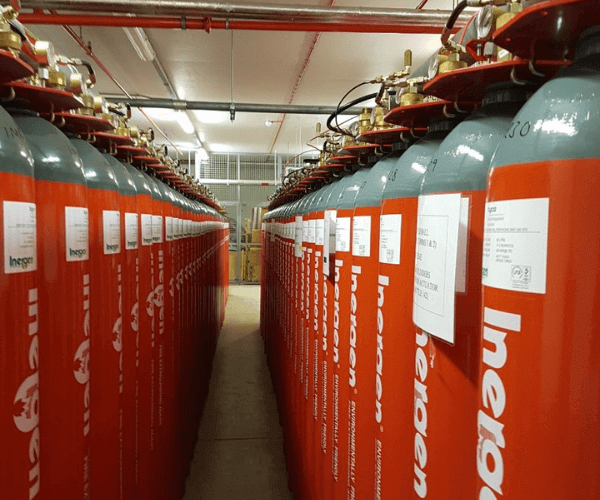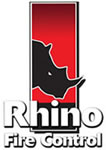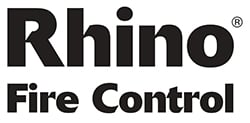
How Often Should Fire Suppression Systems Be Inspected?
When fires break out, effective countermeasures are imperative to prevent the spread of smoke and flames throughout a building. Fire suppression systems, which are designed to extinguish, contain, or prevent the spread of fire, are an invaluable method of protecting your business’s personnel and assets. Automatic triggering ensures the system activates without human intervention, giving your staff more time to escape to a place of safety.
How Do Fire Suppression Systems Work?
Fire suppression systems use chemical compounds to douse flames or starve a fire of oxygen by releasing gas into the vicinity. As water is not used, damage to sensitive electrical equipment is avoided, while integration with fire alarms and Very Early Smoke Detection Apparatus (VESDA) will ensure staff can evacuate the building quickly.
How Often Should Fire Suppression Systems Be Inspected?
Like all firefighting measures, you need to be confident that a fire suppression system will activate quickly if a blaze is detected. Accidental triggering of the system causes inconvenience and disrupts operations, while a slow response to a real fire could cause extensive damage and put lives in danger.
A fire suppression system inspection and maintenance service will determine if the system is in optimum operating condition. By identifying emerging problems, such as blocked hoses or corroded cylinders, immediate action can be taken to address the issues before they impede performance during an emergency.
While the law doesn’t stipulate how often fire suppression systems should be inspected, food manufacturing facilities are required to ensure their systems are maintained so they are safe, efficient, and reliable. As a rule of thumb, you should adhere to the following maintenance schedules:
- Water Sprinklers: inspection should take place every 6 months.
- Gas Suppression Systems: these should be inspected at least twice a year due to the increased risks associated with this type of system. An annual room integrity test should also be carried out to ensure the room is sealed correctly.
During the inspection, every component within a fire suppression system should be meticulously checked and evaluated by a qualified, independent third-party specialist.
What Is Included In A Fire Suppression System Inspection?
A fire suppression system inspection includes the thorough evaluation and assessment of all components in the system, including:
- Hoses
- Gas cylinders
- Detectors
- Sprinklers
- Firing mechanisms
- Electrical components (sirens, alarms, control panels, batteries etc)
How Rhino Fire Control Can Support Your Business
Our expert team can assist in the design and installation of effective fire suppression systems, as well as thoroughly maintaining them to ensure they deliver a fast response when you need it most.
To find out more, please click here or call our friendly staff on 01278 422705.


.png?width=230&height=56&name=Speak%20To%20An%20Expert%20button%20cta%20(1).png)

